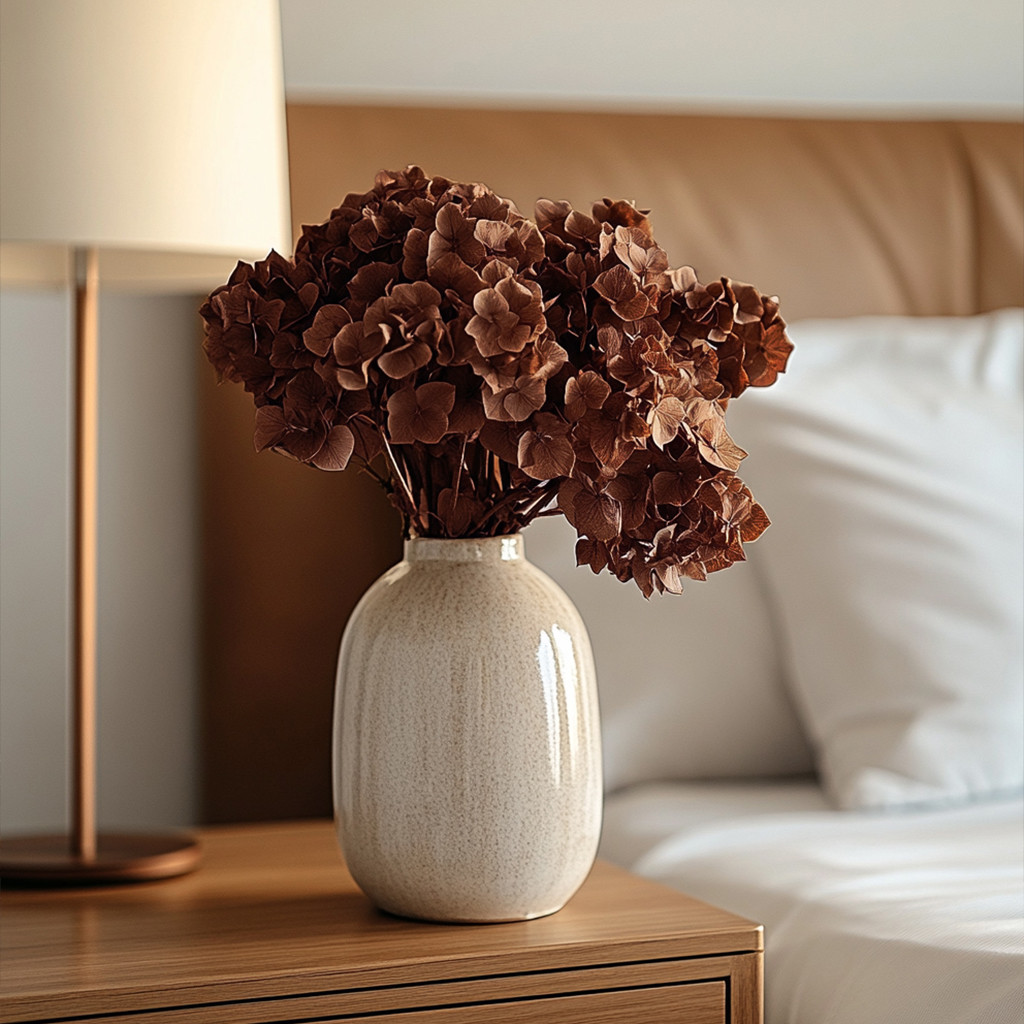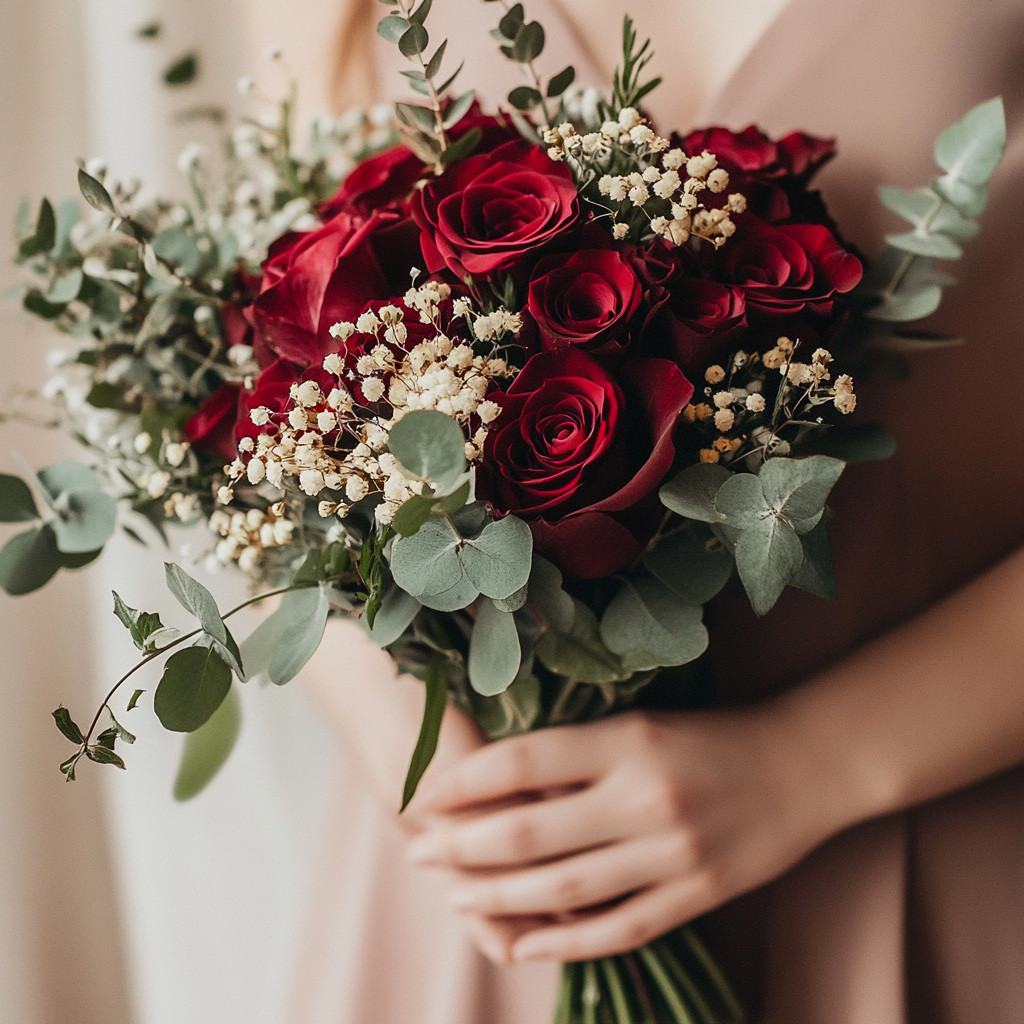
WHAT IS IT?
How does the double immersion technique work?
As we explained in our previous article, capillarity preservation is particularly suitable for the preservation of greenery and trees. Nevertheless, contrary to what is said on some unscrupulous websites, it is not the ideal solution for the preservation of flowers because glycerin is too thick to reassemble and fill in the petals of a flower. We shall therefore give a detailed account of the general principles.
How does the double immersion technique work?
First, it is necessary to work on an ultra-fresh raw material. That is why today, only producers of fresh roses are able to produce an optimal finished product. The stem is cut at an angle of a few inches below the head. Then, the head is placed in a plastic cup that matches the shape of the flower. This allows the petals to be maintained during the various stages of the process.
The first immersion is done in a bath of pure alcohol. The alcohol must be denatured and free of water: it’s the same alcohol used for distillation. For safety reasons, the ideal is to use ethanol. The economical alternative is methanol, but it releases vapors that cause severe lung damage. This step has the effect of dehydrating the flower while retaining its original shape. In passing, this operation generates a discoloration of the flower, which takes a champagne color. This immersion lasts 24 hours maximum.
The next day, the same flowers are immersed in a bath, allowing the rehydration of the flower. This bath is composed of alcohol, propylene glycol, a bit of glycerine and food coloring. The color of the rose will be defined by the chosen dye. Alcohol acts as a catalyst. As for propylene glycol, it penetrates into the petals to rehydrate.
24 hours later, the flowers are ready. They are left to dry for another day. A final quality control is then carried out, and the flowers are placed in their final packaging.
How are the colors given to the flowers?
As for capillary preservation, the dyes are food colorants. It sometimes happens that the color of the post-process flower is reworked in order to obtain shades, gradients, cores of different colors. In short, so many methods to get closer to the original colors. It is also possible, as with the fresh flower, to work on more original finishes such as metallic or diamond powder.
On which varieties can we use the double immersion technique?
The varieties of flowers used diverge according to their ability to tolerate the preservation process. They have been identified as offering the best behavior to various liquor baths and holding over time. For example, most Ecuadorian producers use pink roses because the preservation technique works beautifully with them… We can not disclose more about the varieties involved here.
What are the advantages and the constraints of this method?
Once the right variety and formulation are found, the risk of failure of this method is almost zero. This requires, however, that the production plant is equipped for this purpose. The tanks must be made of stainless steel. Ideally, it should be possible to control the temperatures in and out of the tanks, the hydrometry of the room and the density of the solutions in the tanks. Reliable factories filter their tanks to recover the various components of the solution. This treatment makes it possible to obtain an eco-friendly product in all points.
What about the producers?
The producers of preserved flowers are former producers of freshly-cut flowers. The production of preserved flowers secures their sales prices. This allows them to sell the entire production. Moreover, it avoids the “race against the clock” effect of fresh flowers. Most are from South America, mainly in Colombia and Ecuador, like our supplier Kiara flowers. They also exist in Kenya, Japan, and China. The SecondFlor team visited numerous of these factories, and was able to observe directly the reliability of the installations, the processes, the production capacities but also the working conditions of employees on site.
What is the future of preserved plants?
Like its fresh counterpart, the rose is and will long remain the star of the preserved. However, many varieties can be preserved: carnation, orchid, chrysanthemum, dahlia, calla, gardenia, lily… In partnership with our local factories, we are constantly trying to preserve new varieties and invest in our research and development in order to satisfy you more than ever. The history of preservation has only just begun.








Follow Us